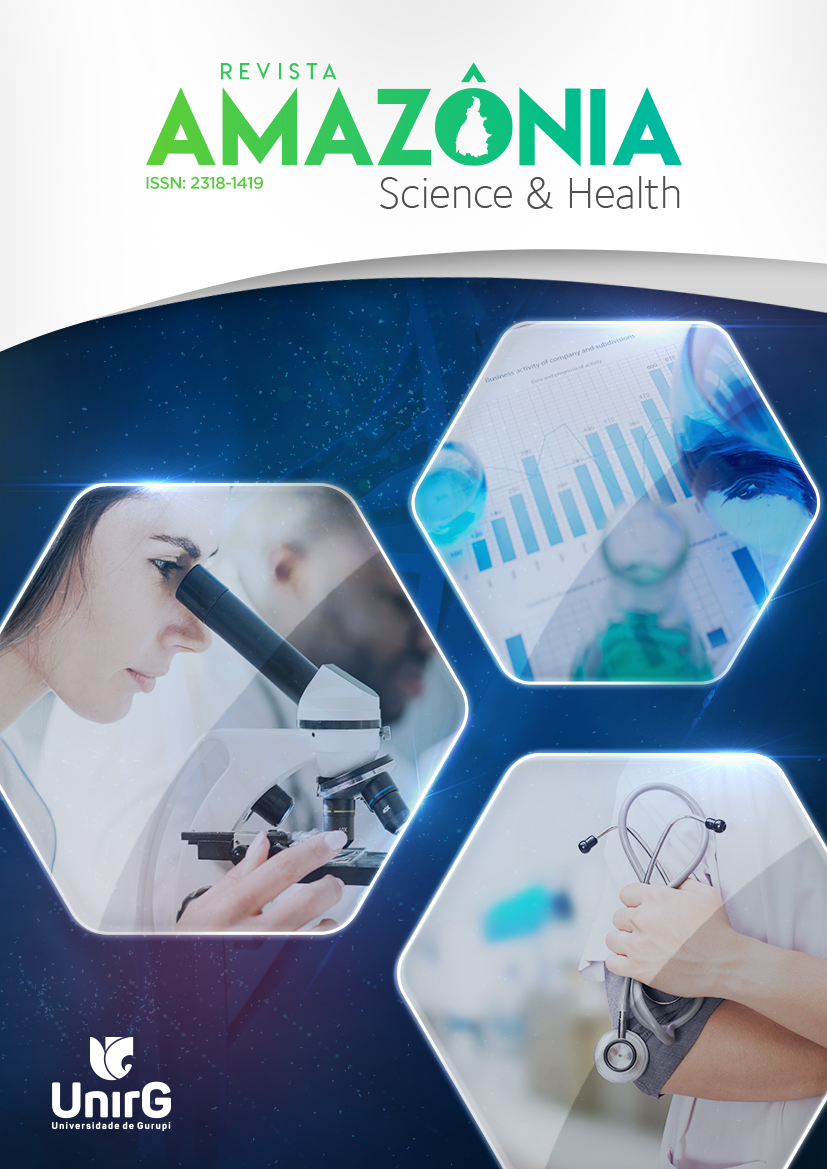Atuação do enfermeiro a gestantes portadoras de síndrome hipertensiva na atenção básica
Luana Patricia Weizemann, Maycon Hoffmann Cheffer, Elenice de Fatima Souza Capelario, Daniel Pereira da Silva, Francisca Sabrina Vieira Lins, Joânio Lopes Martins, Luiz Cláudio Oliveira Alves de Souza, Enyedja Kerlly Martins de Araújo Carvalho
Abstract
The Specific Hypertensive Syndrome of Pregnancy (SHEG) is an obstetric pathology that deserves great attention from health professionals. It appears after the 20th week of pregnancy, is more frequent in the third trimester, and develops until the puerperium. The main features are arterial hypertension, edema and/or proteinuria. Objective: To identify the nursing care provided to pregnant women with Hypertensive Emergencies in Primary Care. Methodology: Descriptive-exploratory study, of the integrative literature review type. The bibliographic search took place through the selection of scientific articles selected and published in journals in Latin American and Caribbean Literature in Health Sciences (LILACS); Nursing Database (BDENF); Academic Google; Brazil Scientific Electronic Library Online (SciELO); and the Virtual Health Library (VHL), using the descriptors: Arterial hypertension; Gestation; Nursing care. Results: Basic health units are the gateway for pregnant women to assess the risk factors that predispose them to SHEG, with nurses in evidence, able to intervene in a positive way in the process. Conclusion: The health complications that surround the gestational process can cause systemic level impairments, directly interfering in the daily life of the mother and child binomial. SHEG, as one of these complications, has a considerable prevalence, with high lethality, even diagnosed early. The nurse is essential to promote prevention and interventions, such as guidance on medications, physical activities, care with vital signs and diet, as well as referrals to specialized centers.
Copyright (c) 2023 AMAZÔNIA: SCIENCE & HEALTH

This work is licensed under a Creative Commons Attribution-NonCommercial-NoDerivatives 4.0 International License.
A Revista faz uso da Licença Creative Commons Atribuição-Não Comercial-Compartilha Igual 4.0 Internacional (CC BY-NC-SA 4.0)
Maiores informações sobre a licença disponível em: https://creativecommons.org/licenses/by-nc-sa/4.0/deed.pt
- 1º Os autores cedem à Revista Amazônia: Science & Health os direitos autorais no momento em que submetem seus artigos à mesma. Os autores declaram que o artigo submetido não foi publicado, e não está sendo considerado para publicação, na íntegra ou em parte em outro periódico. Os autores assumem total responsabilidade pela originalidade do artigo, podendo incidir sobre os mesmos, eventuais encargos decorrentes de reivindicação, por parte de terceiros, em relação à autoria do artigo.
- 2º A reprodução total dos artigos da Revista em outros meios de comunicação eletrônicos de uso livre é permitida de acordo com a licença Creative Commons Atribuição-NãoComercial-CompartilhaIgual 4.0 Internacional.
- 3º Para outras situações (reprodução parcial dos artigos, impressão em meio físico, entre outras) é necessária consulta e autorização prévia do Conselho Editorial.


